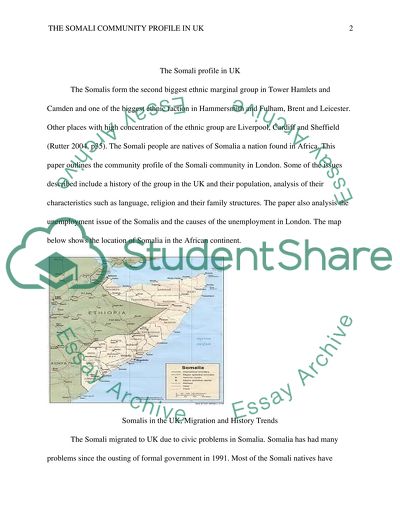Cite this document
(“The Somali Profile in UK Essay Example | Topics and Well Written Essays - 1750 words”, n.d.)
The Somali Profile in UK Essay Example | Topics and Well Written Essays - 1750 words. Retrieved from https://studentshare.org/education/1446108-a-community-profile-for-the-somali-community-in
The Somali Profile in UK Essay Example | Topics and Well Written Essays - 1750 words. Retrieved from https://studentshare.org/education/1446108-a-community-profile-for-the-somali-community-in
(The Somali Profile in UK Essay Example | Topics and Well Written Essays - 1750 Words)
The Somali Profile in UK Essay Example | Topics and Well Written Essays - 1750 Words. https://studentshare.org/education/1446108-a-community-profile-for-the-somali-community-in.
The Somali Profile in UK Essay Example | Topics and Well Written Essays - 1750 Words. https://studentshare.org/education/1446108-a-community-profile-for-the-somali-community-in.
“The Somali Profile in UK Essay Example | Topics and Well Written Essays - 1750 Words”, n.d. https://studentshare.org/education/1446108-a-community-profile-for-the-somali-community-in.


